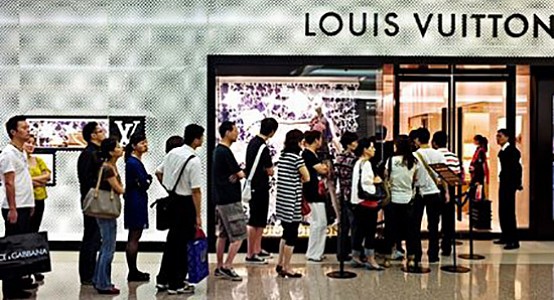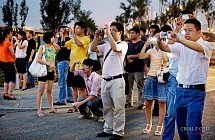Sales of luxury goods in China reached $22 billion in 2017

Beijing. January 19. Silkroadnews - Sales of luxury goods in China reached $22 billion in 2017, “People’s Daily” reported.
“Sales of luxury goods in China reached 142 billion RMB ($22.07 billion) in 2017, 20% more than 2016, said a report issued by management consulting firm Bain & Company. The 20% rise was the largest jump since 2011, according to the report. The sales growth of cosmetics, women clothing, and jewelry outpaced that of the other items,” the report said.
According to the agency, Bain & Company attributed the increase to China’s upgraded consumption, tighter control over freelance retail consultants, and price adjustments made by luxury brands.
A study conducted in 2017 shows 48% of Chinese consumers were between the age of 20 and 34, when they bought their first luxury goods.
This is a unique phenomenon that occurs only in China, Bruno Lannes, global partner of Bain & Company and author of the report, said. He believes, the young generation has significantly accelerated the growth of sales of luxury goods in China, especially in 2017.
Although online stores of luxury brands support rapid growth, they make up only a small part of the total sales. Nevertheless, internet promotion has become important for these brands, and opening of electronic stores is now a common practice.
Growing costs of digital marketing has become another sign of the Chinese luxury market, which accounts for almost a half of total marketing costs. For example, luxury brands have spent from 30% to 60% of their marketing budget on advertising in WeChat. Forty brands have launched official accounts in the messenger, and some of them have attracted 300,000 to 500,000 subscribers, with readings ranging from 40,000 to 60,000 daily.
Lannes noted, the Chinese luxury market holds up to 32% of the global share, which has an increasingly significant impact on the world market.
He believes that the Chinese market will retain strong potential in 2018, though the growth may fall to 10%-15%, given the sharp increase over the past year.


